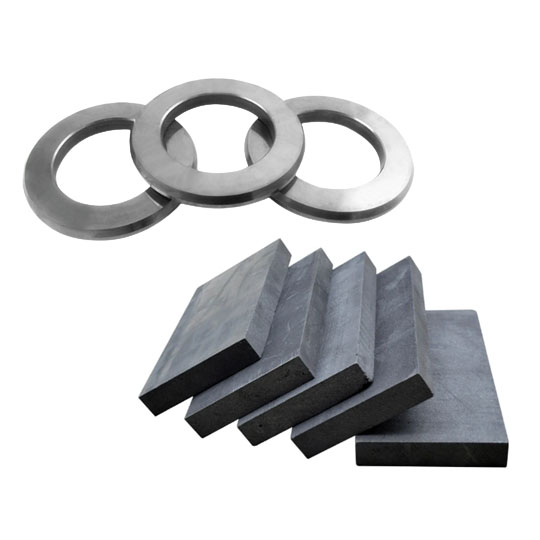Expliquer les propriétés physiques de la plaque de carbure
Plaques en carbure ne sont pas des feuilles de métal ordinaires. Elles sont conçues pour être résistantes et sont principalement composées de carbure de tungstène, un composé qui allie la dureté du tungstène à la résistance chimique du carbone. Ces plaques sont extrêmement dures, se classant à environ 9 sur l'échelle de Mohs (le diamant étant à 10). Elles présentent une incroyable résistance à l'usure, une grande résistance à la compression et conservent leur tranchant et leur durabilité à des températures élevées. C'est pourquoi elles sont couramment utilisées dans l'outillage, la fabrication de matrices et les travaux industriels à fort impact.
Physiquement, les plaques de carbure sont denses et lourdes, généralement grisâtres avec une finition mate. Malgré leur dureté, elles peuvent être fragiles, ce qui les rend susceptibles de s'ébrécher ou de se fissurer dans de mauvaises conditions de manipulation. Cette combinaison unique de force et de fragilité signifie qu'un stockage adéquat est crucial.
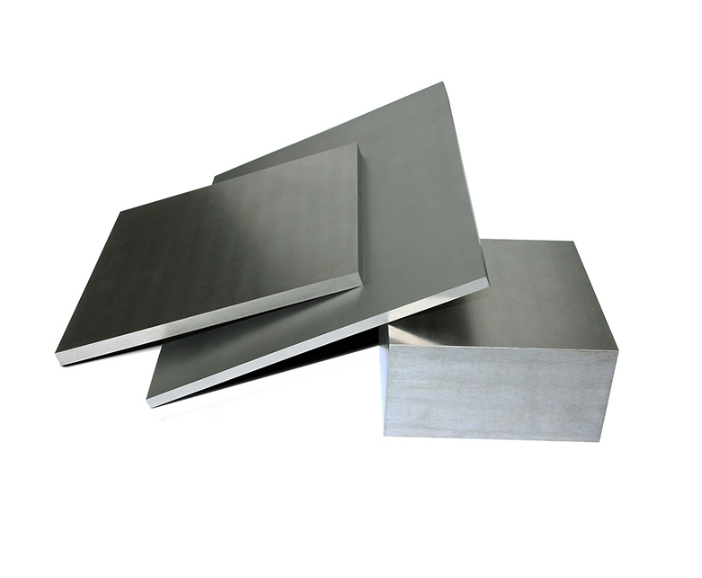
Pourquoi est-il important de stocker correctement les plaques de carbure ?
Considérez vos plaques de carbure comme des lames de précision. Jetteriez-vous des lames de rasoir dans un tiroir où se trouvent des clous et des vis ? J'espère que non ! En stockant correctement les plaquettes de carbure, vous protégez votre investissement, vous maintenez des performances constantes et vous prolongez la durée d'utilisation du matériau.
Un stockage correct permet d'éviter :
- Rouille et corrosion dues à l'humidité ambiante
- Dommages physiques tels que des éclats, des déformations ou des fissures
- Contamination indésirable par d'autres poussières métalliques
- Dégradation du revêtement ou des traitements de surface
En d'autres termes, la façon dont vous les stockez influe directement sur leur performance lorsque le caoutchouc touche la route (ou dans ce cas, lorsque le cutter touche la pièce à usiner).
Un stockage inadéquat des plaques de carbure peut entraîner des problèmes
Qu'est-ce qui peut se passer si vous rangez vos plaques de carbure dans un coin d'entrepôt au hasard ? Beaucoup de choses, en fait. Voici les principaux problèmes :
- Oxydation et rouille: Même le carbure, connu pour sa résistance, n'est pas totalement à l'abri de la corrosion. En cas d'humidité élevée ou de contact avec des liquides, le liant cobalt du carbure peut s'oxyder.
- Ébréchures et ruptures: Ces plaques ne sont pas flexibles. Toute manipulation ou empilage brutal peut provoquer des dommages mécaniques irréversibles.
- Contamination: S'ils sont mélangés à d'autres copeaux ou poussières métalliques, ils peuvent modifier les caractéristiques de la surface, nuire à l'adhérence du revêtement et réduire la qualité du produit.
- Erreur d'identification: Un manque d'étiquetage ou un stockage hétérogène peut entraîner l'utilisation de la mauvaise plaque, ce qui entraîne des rebuts, des retouches, voire des dommages à la machine.
Bonnes pratiques pour les Plaque de carbure Conditions de stockage
Recommandations pour le stockage physique et environnemental optimal des plaques de carbure
| Paramètre de stockage | Condition idéale | Pourquoi c'est important |
|---|---|---|
| Température | 15°C à 25°C (59°F à 77°F) | Prévient la condensation et les chocs thermiques |
| Humidité | Inférieure à 40% humidité relative | Évite l'oxydation et la corrosion |
| Orientation du stockage | Verticalement dans des racks rembourrés ou horizontalement avec des entretoises | Prévient les dommages de surface, le gauchissement et l'écaillage |
| Dépoussiérage | Environnement propre et filtré | Éloigne les particules contaminantes de la surface |
| Identification | Étiquetés par type, taille et lot | Assurer la traçabilité et l'application correcte |
| Emballage | Pochettes en plastique antistatiques ou sachets en aluminium scellés | Ajoute une couche supplémentaire de protection physique et chimique |
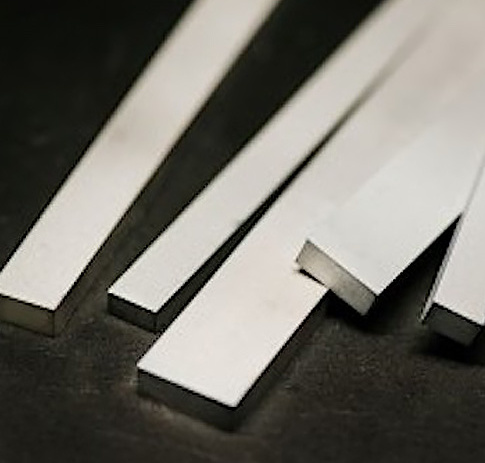
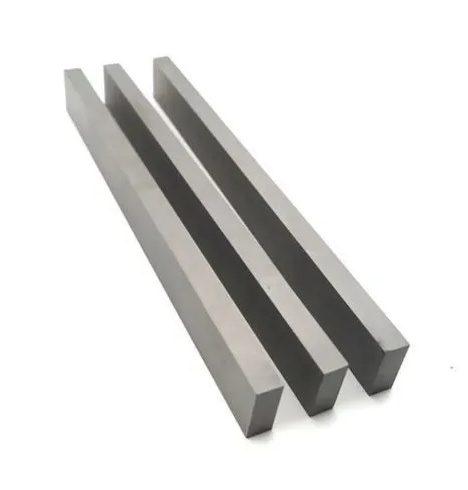
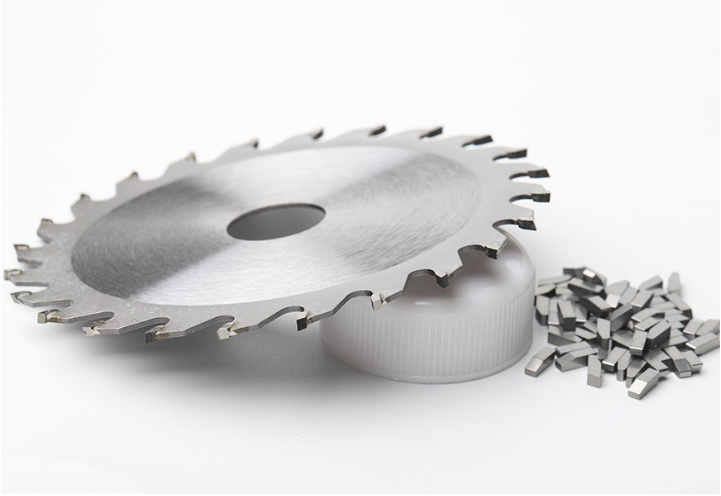
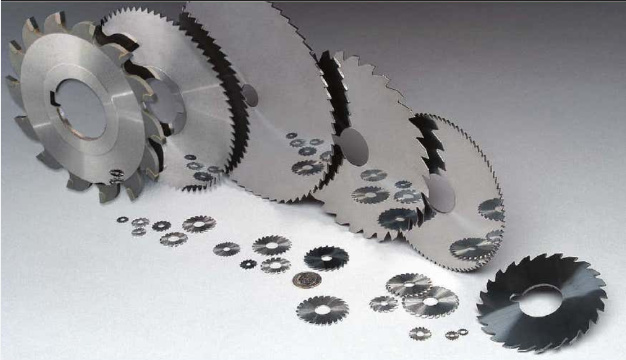
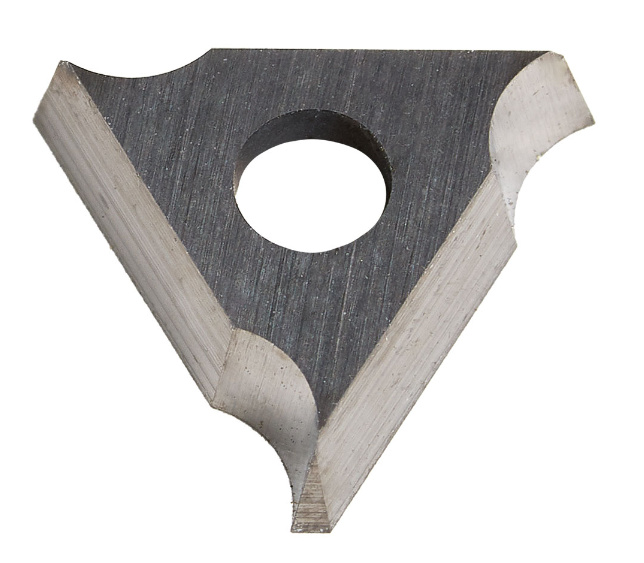
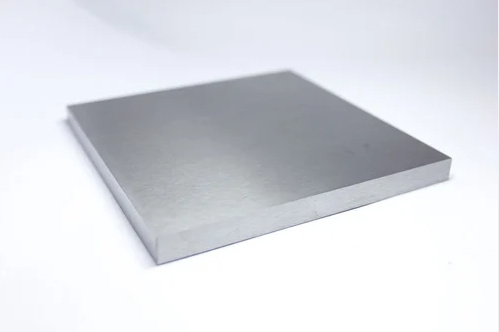
Environnement de stockage et conteneurs pour les plaques de carbure
Imaginez une chambre forte de haute sécurité, mais pour des matériaux industriels. Les plaques de carbure donnent le meilleur d'elles-mêmes dans un environnement contrôlé, propre et sec. Pensez à un entrepôt climatisé ou à un local à outils dont l'accès est limité. Vous ne voulez pas que des personnes non autorisées s'emparent des plaques et les jettent comme des sous-verres.
Utilisez des compartiments individuels ou des boîtes de stockage doublées de mousse. Pour un stockage à long terme, les conteneurs scellés sous vide ou purifiés à l'azote sont encore meilleurs. Évitez les boîtes en carton, à moins qu'elles ne soient scellées et résistantes à l'humidité, car le carton ordinaire peut attirer et retenir l'humidité.
Et n'oubliez pas : séparez toujours les plaques avec des intercalaires en mousse, en feutre ou en caoutchouc. Ne laissez jamais le métal toucher le métal.
Prévention de la rouille et de la corrosion pour les plaques de carbure
Même si le carbure de tungstène résiste à la rouille, le liant de cobalt qu'il contient n'y résiste pas. Au fil du temps, en particulier dans des conditions humides, ce cobalt peut être lessivé et se corroder. C'est pourquoi de nombreuses plaques sont dotées de revêtements protecteurs ou d'inhibiteurs de corrosion.
Conseils pour éviter la rouille :
- Utiliser du gel de silice ou des déshydratants dans des conteneurs de stockage.
- Appliquer une fine couche d'huile antirouille (mais assurez-vous qu'il n'interférera pas avec un revêtement ou un traitement ultérieur).
- Utilisez du papier ou des sacs VCI (Vapor Corrosion Inhibitor).
- Ne jamais toucher la surface à mains nues - les huiles de votre peau + l'humidité = cocktail de corrosion.
Conseils pour la manutention et le transport
Vous transportez des plaques de carbure ? Ne les traitez pas comme des plaques d'acier. Il s'agit de composants de précision. Une mauvaise manipulation peut provoquer des fissures microscopiques, surtout sur les bords, qui compromettent l'ensemble de la pièce lors de l'usinage.
Suivez ces règles :
- Utiliser des plateaux rembourrés ou des caisses personnalisées avec des fentes.
- Envelopper chaque assiette individuellement. Le papier bulle est acceptable, les feuilles de mousse sont meilleures.
- Éviter les chutes et les chocs. Ils sont résistants mais cassants.
- Utiliser des chariots élévateurs ou des chariots à roulettes pour les assiettes plus grandes.et non la force brute humaine.
Si vous avez l'impression de manipuler de la verrerie coûteuse, c'est que vous avez raison.
Combien de temps peut-on stocker les plaques de carbure ?
Voici la bonne nouvelle : les plaques de carbure n'ont pas vraiment de durée de vie. Si elles sont stockées correctement, elles peuvent durer décennies. Contrairement aux outils chimiques ou composites, ils ne se dégradent pas avec le temps s'ils sont protégés de l'humidité, de la corrosion et des dommages mécaniques.
Cependant, il faut toujours vérifier s'il y a des signes de.. :
- Rouille en surface
- Ébarbage des bords
- Dégradation du revêtement
- Décoloration de l'étiquette (réétiqueter si nécessaire)
En bref ? Les plaques de carbure correctement conservées peuvent survivre à la plupart d'entre nous.
Les 10 meilleurs modèles de poudres métalliques spécifiques pour la fabrication de plaques de carbure
Comparaison des modèles de poudres métalliques populaires utilisés dans la production de plaques de carbure
| Nom du modèle | Composition | Taille des grains | Dureté | Application clé | Pour | Cons |
|---|---|---|---|---|---|---|
| WC-Co K20 | 94% WC + 6% Co | 1,5 µm | Haut | Pièces de coupe et d'usure générales | Excellent équilibre entre dureté et résistance | Résistance modérée à la corrosion |
| WC-Co K10 | 94% WC + 6% Co | 0,8 µm | Très élevé | Outils de coupe fine, matrices de précision | Excellente rétention des bords | Fragile sous l'effet d'un choc |
| WC-Co-Ni | WC + Co + Ni | 1,2 µm | Haut | Applications résistantes à la corrosion | Amélioration de la résistance à la corrosion | Dureté inférieure à celle des liants à base de cuivre pur |
| WC-TiC-Co | WC + TiC + Co | 1,5 µm | Moyen | Outils de formage des métaux | Résistance thermique accrue | Ténacité réduite |
| WC-Co Cr3C2 | WC + Co + Carbure de chrome | 2,0 µm | Moyen | Environnements corrosifs et à haute température | Résistance à l'oxydation | Ne convient pas aux charges d'impact |
| WC-Co-TaC | WC + Co + Carbure de Tantale | 1,0 µm | Haut | Aciers à outils, matériaux pour l'aérospatiale | Haute résistance à des températures élevées | Plus cher que les WC-Co ordinaires |
| WC-Co-VC | WC + Co + Carbure de vanadium | 1,2 µm | Haut | Outils de finition | Inhibiteur de croissance des grains | Ténacité à la rupture plus faible |
| WC-Co-NbC | WC + Co + Carbure de Niobium | 1,0 µm | Haut | Inserts pour moules et matrices | Améliore la résistance | Augmentation des coûts due aux éléments rares |
| WC-Co-Cr | WC + Co + Chrome | 1,5 µm | Moyen | Applications marines | Résistance à la corrosion | Légèrement moins dur que le WC-Co |
| WC-Co + Al2O3 Additif | WC + Co avec oxyde d'aluminium | 0,9 µm | Très élevé | Surfaces ultra-résistantes à l'usure | Excellente résistance à l'usure | Difficile à traiter |
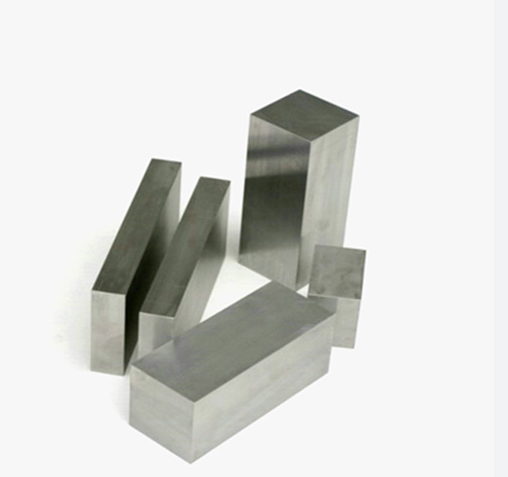
FAQ
| Question | Réponse |
|---|---|
| Les plaques de carbure peuvent-elles rouiller avec le temps ? | Oui, en particulier le liant de cobalt qui se trouve à l'intérieur. Pour éviter cela, il convient de les conserver dans un environnement sec et peu humide. |
| Quelle est la meilleure façon d'étiqueter les plaques de carbure stockées ? | Utiliser des étiquettes durables et imperméables indiquant le type, la taille, le numéro de lot et la date de réception. |
| Comment les plaques de carbure doivent-elles être empilées ? | Idéalement, ils ne devraient pas être empilés. Utilisez des fentes verticales ou placez-les horizontalement avec des entretoises. |
| Peut-on utiliser du WD-40 pour éviter la rouille sur les plaques de carbure ? | Ce n'est pas la solution idéale. Utilisez des huiles antirouille appropriées ou du papier VCI pour une protection à long terme. |
| Quel est le meilleur conteneur pour le stockage à long terme ? | Sacs sous vide avec déshydratants, ou conteneurs purifiés à l'azote dans des bacs de stockage rembourrés. |
| Est-il possible de stocker des plaques de carbure dans des armoires en bois ? | Seulement si les armoires sont étanches et résistantes à l'humidité. Le bois brut peut absorber et libérer de l'humidité. |
| Comment nettoyer une plaque de carbure corrodée ? | Utilisez avec précaution un nettoyant abrasif doux. Évitez les produits chimiques agressifs qui peuvent endommager le liant. |
| Les plaques de carbure sont-elles périmées ? | Pas vraiment. Ils peuvent durer des dizaines d'années s'ils sont stockés correctement, sans être exposés à l'humidité ou à des dommages mécaniques. |
| Dois-je stocker le carbure avec d'autres métaux ? | Non. Conservez-les séparément pour éviter toute contamination et confusion. |
| Puis-je stocker des plaques de carbure dans des abris extérieurs ? | C'est risqué. Les abris extérieurs manquent souvent de contrôle de l'humidité et de la température, ce qui peut les endommager. |


